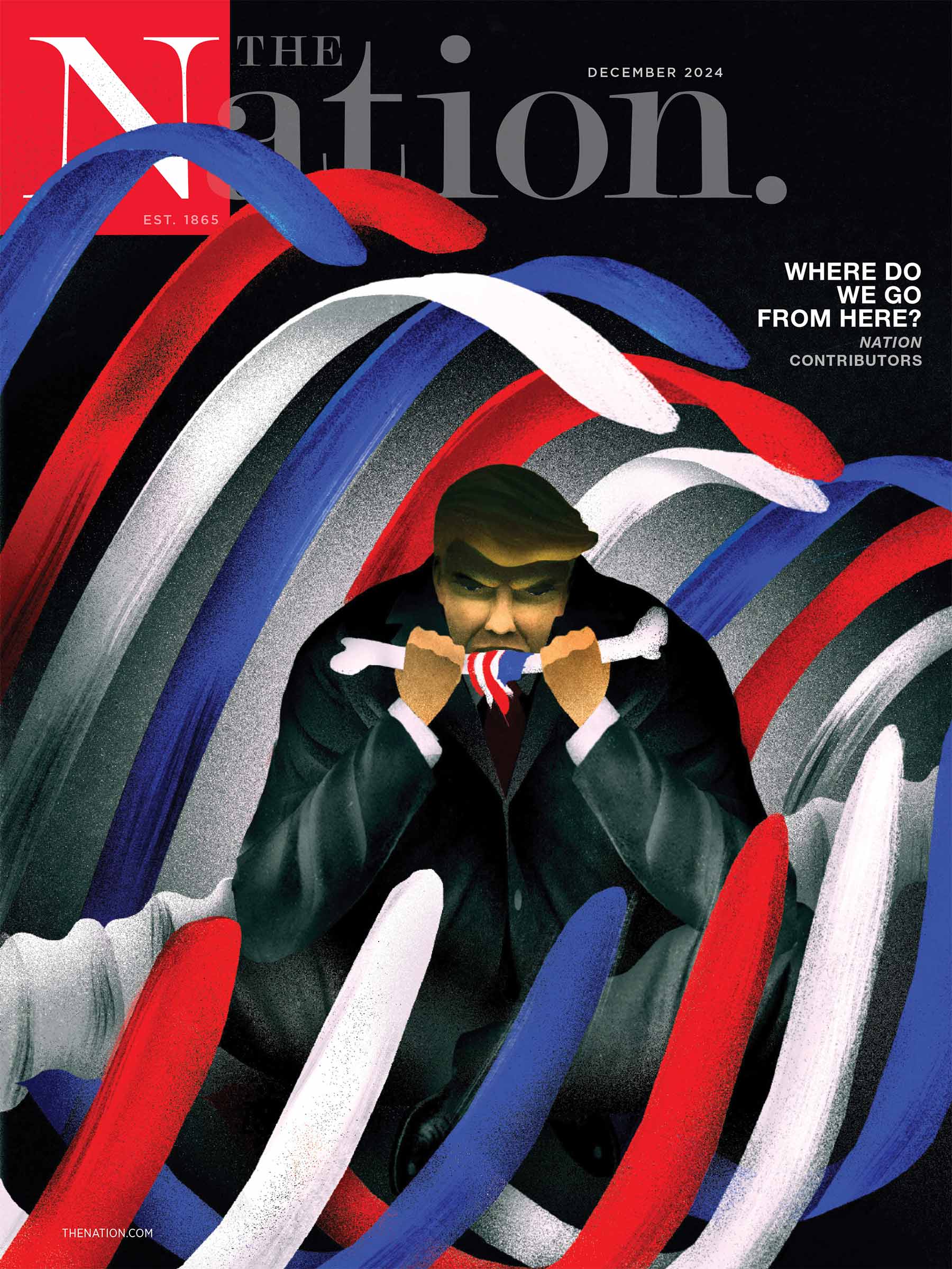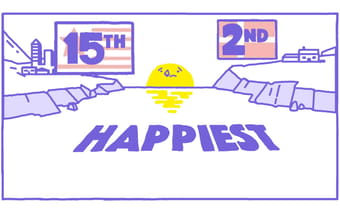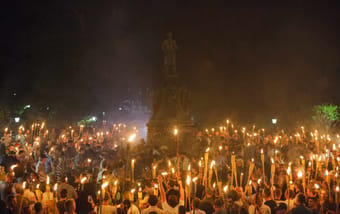The atrocities of the Afghan Taliban toward women have been widely reported in the Western press: women banned from work; forbidden to leave their homes unless shrouded in the burkha, a voluminous top-to-toe covering with a mesh grid over the eyes, and accompanied by a male relative (this in a country filled with widows, 30,000 in Kabul alone, after twenty years of constant warfare); girls’ schools shut down; medical care denied, even in life-threatening emergencies. Human rights organizations have made important gestures: In 1998 Physicians for Human Rights did a well-publicized study of Afghan women’s health, showing grave depression and suicidal tendencies; Amnesty International has declared the entire female population of Afghanistan prisoners of conscience. But mostly we still construe Afghan women as victims, passive and silent under their burkhas. We don’t hear much about them organizing politically and taking action on their own behalf.
That’s why it is so refreshing and stirring to meet the two young Afghan women who call themselves Sajida and Sehar, who are currently traveling around America representing the Revolutionary Association of the Women of Afghanistan. RAWA, which was founded as a women’s rights group in 1977 and is now based in the refugee areas of Northwest Pakistan, has had the audacity to oppose not just the Soviet occupiers and the Taliban but all the foreign-backed fundamentalist warlords that have made Afghan life a misery; it supports human rights for women–and for men, too–and dares to imagine (although the particulars get a little vague here) that Afghanistan might someday be a secular democracy. Meanwhile, RAWA runs secret schools for girls inside Afghanistan and open schools for both sexes in the refugee camps. It has also started mobile healthcare teams and income-generating projects, such as carpet-weaving, that women can do while confined to their homes. In fact, Sehar and Sajida arrived in the States lugging six darkly beautiful but rather cumbersome carpets to sell in order to raise funds, which gives you an idea of the modesty of RAWA’s budget.
And then there is the video. Contrast the Orientalized image of the passive, mysterious Muslim woman enticingly hidden behind her veil with this reality: Last November, when the Taliban summoned the women of Kabul to witness that city’s first public execution of a woman, a RAWA member brought a camcorder under her burkha–which would seem to have its uses–and taped the grisly proceedings. If she had been caught, she would have been severely beaten, perhaps even killed. Similar risks attend RAWA members who teach girls in secret classes, who provide medical care undercover in remote districts or who demonstrate against the Taliban in Pakistan, where their spirited rallies are regularly assaulted by Taliban and Pakistani police. What do you do when they come at you with sticks, I asked the slight and very serious Sehar, who seems about as aggressive as a fawn. “We hit them right back,” she replied with a little smile. “We have sticks too.”
Together with Feminist Majority Foundation and the National Committee of Women for a Democratic Iran, RAWA held a small but vigorous rally in Lafayette Park in front of the White House on April 28, anniversary of the triumph of the warlords in 1992. Under an overcast spring sky, two women in turquoise burkhas held a long banner adorned with gruesome photographs–women begging in a marketplace; a child with amputated legs tied off like balloons; a grinning boy with a string of severed hands slung over his shoulder. Eleanor Smeal spoke eloquently, without notes; there were messages of support from Representative Carolyn Maloney and Senator Harry Reid; Sajida, refusing the sunglasses that were supposed to protect her from being identified by the Taliban, called on the UN to enforce peace and democracy–a utopian demand if ever there was one. Troops of white, middle-American tourists–families, high school kids on their class trip–stared at the burkhas and the banner and the angry orating women for a moment and moved on.
Tacitus famously wrote that the Roman army made a wasteland and called it peace. America, it might be said, creates its wastelands by proxy, romanticizing as noble freedom fighters thugs and fanatics who throw acid on unveiled women’s faces and have no interest in anything but their own power–and then looks at the result with puzzlement, as if Afghanistan were as distant and strange as the surface of the moon. There are those who argue that the Taliban simply represent Afghan culture, which has always been deeply Muslim: The burkha is nothing new; only a small percentage of girls, mostly those in cities, ever went to school. True enough, but if the Taliban were in accord with the local views, why the Kalashnikovs? Why the beatings in the streets? Before the Taliban took power, women in Kabul were 40 percent of doctors, 70 percent of teachers and 50 percent of the civil service; there were many thousands of female university students. In fact, the Taliban represent a modern and extreme version of Islam that was historically unknown in Afghanistan. And the Taliban, who are mostly Pashtun, impose Pashtun ways on other ethnicities in what was once a more mutually forbearing ethnic patchwork. Like the warlords, the Taliban are supported from abroad, until 1996 by the United States–yes, the same Clinton Administration that now courts feminist votes made no protest when the Taliban threw thousands of girls out of school after taking control of the city of Herat in 1995–and now they are financed by Pakistan, Saudi Arabia and the United Arab Emirates. (Ahmed Rashid’s Taliban: Militant Islam, Oil and Fundamentalism in Central Asia, just out from Yale University Press, gives an excellent political and historical account of the movement’s rise to power.)
You can find out more about RAWA at www.rawa.org. In devastated Afghanistan, small donations go a long way: For $25 a month you can subsidize a teacher in an underground school; for $30 a month you can support a woman in a yearlong underground literacy and health-education course. Send cash or check, payable to “Support Afghan Women,” to Support Afghan Women, PMB 226, 915 W. Arrow Highway, San Dimas, CA 91773.


